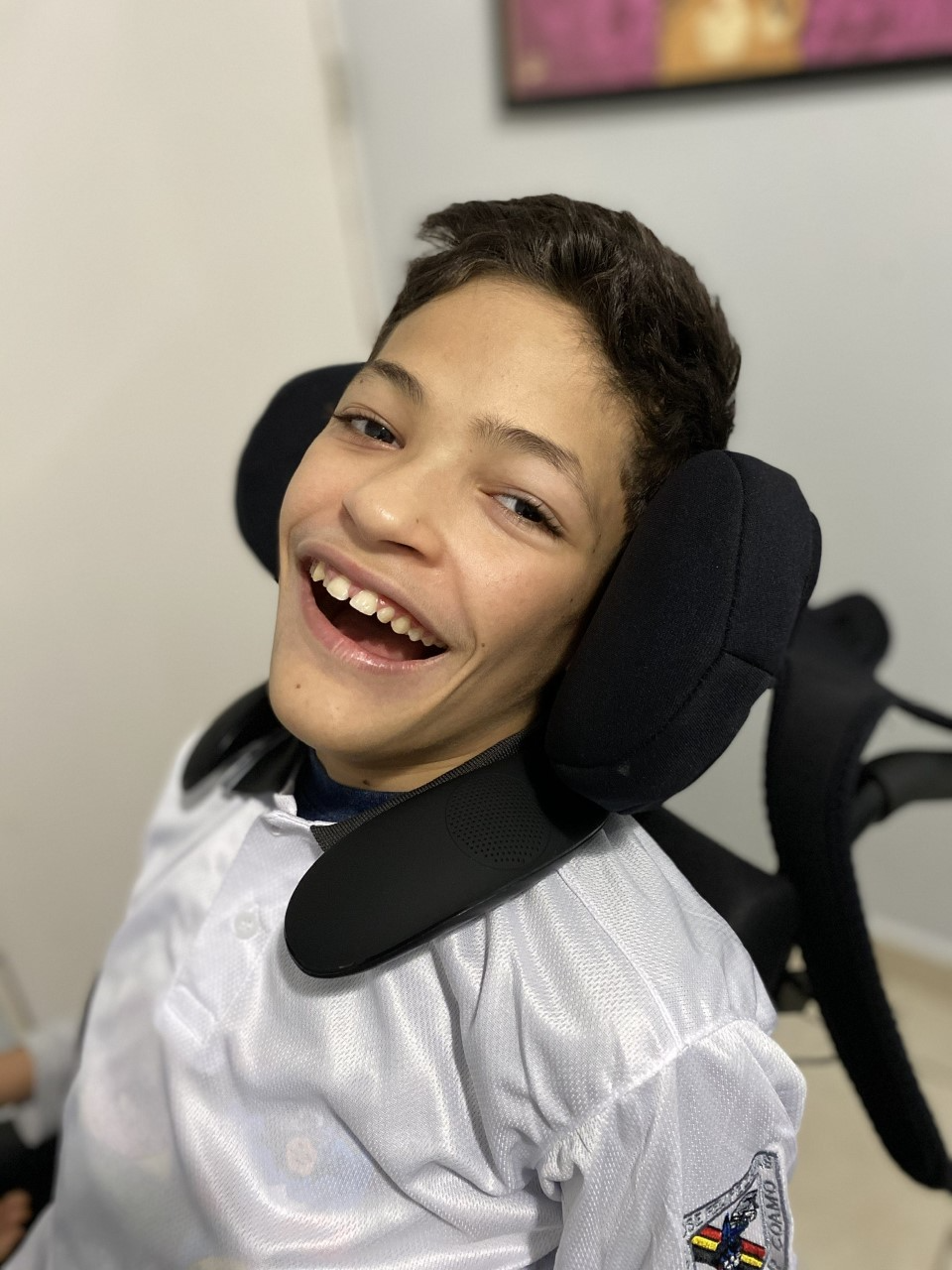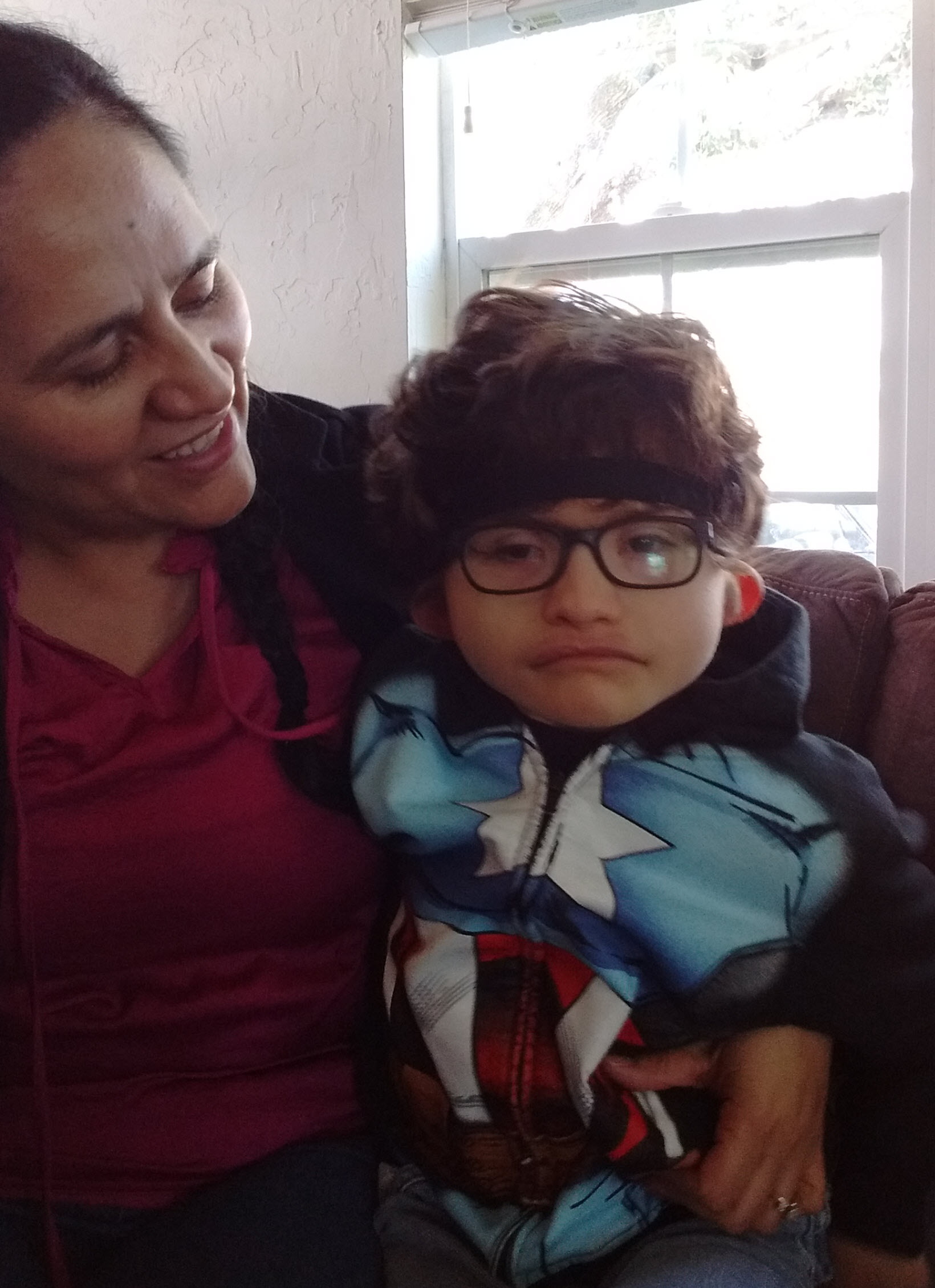Students with Significant Cognitive Disabilities and Dual Sensory Loss: NCDB/ATLAS Report
Beginning in 2020, NCDB and Accessible Teaching, Learning, and Assessment Systems (ATLAS) began working together to identify characteristics of students who are deafblind and have significant cognitive disabilities, using data gathered by both projects. To date, this has resulted in the publication of an extensive technical report and three topical briefs based on information from the technical report.
Main Report
This 163-page report fills a profound gap in our knowledge of school-age students who are deafblind and have significant cognitive disabilities.
[The February 2023 update incorporates corrections made to the text on pages 7, 81, 96, 101, and 112 associated with tables 4.15 and 5.2.]


Briefs
Brief 1 – Identification
This brief provides details about students with known and suspected dual sensory loss, as well as recommendations for identification, and implications for instruction.
Brief 2 – CVI vs. Other Visual Impairments
This brief provides important information about the differences between students with significant cognitive disabilities who have cortical visual impairment and those who have other types of visual impairment.
Brief 3 – Assessing Dual Sensory Loss
This brief covers issues related to the assessment of dual sensory loss in students with significant cognitive disabilities, including the impact of suspected dual sensory loss on communication and learning and recommendations for assessment.
Report Details
The report is based on an analysis of information on students eligible for statewide alternate assessments from the following two key datasets:
- The National Child Count of Children and Youth Who Are Deafblind – Demographic and other characteristics of children served by state deafblind projects
- The First Contact Survey – Teacher-reported characteristics and skills of their students with significant cognitive disabilities enrolled to take the Dynamic Learning Maps® alternate assessments
The First Contact information uses the term dual sensory loss rather than deafblindness.
The report analyzes information from the two datasets where they overlap and, perhaps more significantly, provides statistics in areas where research has historically been quite limited, including
- Receptive and expressive communication skills
- Hand use
- Attention to instruction
- Academic skills in reading, writing, math, and science
The findings indicate that students who are deafblind face significant challenges in these areas.
The report also includes information on the characteristics of students with cortical visual impairment (CVI), a condition that affects many students who are deafblind.
The findings provide essential information to help educators, technical assistance providers, researchers, and policymakers better understand the disparities faced by this population of students and address how to identify them as early as possible and provide instruction and services that promote their learning, skill development, and access to the general education curriculum.
